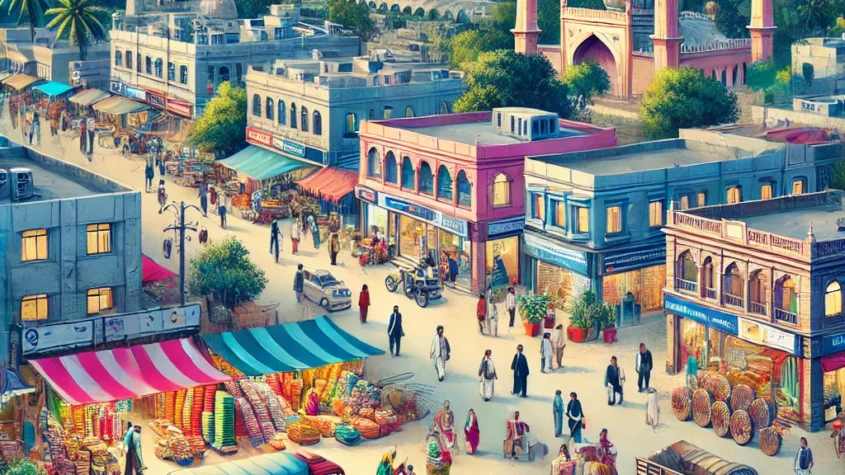
Egerp Panipat holds significant historical value, marking crucial battles that shaped the course of Indian history. Its strategic importance and the events that unfolded there are essential for understanding the regional dynamics of power during the 18th century. As many historians argue, the battles fought in Panipat were not just clashes of armies, but pivotal moments that determined the future of empires.
The region showcases a blend of culture, conflict, and change, making it a fascinating subject for those interested in military history and heritage. Revisiting the tales of valor, tragedy, and strategic masterminds can provide insights into the political landscape of the time. Each battle tells a story of ambitions, rivalries, and the relentless pursuit of power that defined an era.
Exploring Egerp Panipat goes beyond mere dates and events; it reveals the intricacies of historical narratives that continue to influence modern India. Understanding its legacy allows readers to appreciate the profound impact these historical events have had on contemporary society and governance.
History of the Panipat Battles
The battles of Panipat were pivotal events in Indian history, marking significant shifts in power dynamics. Three major battles occurred in this region, each influencing the course of Indian politics and society.
First Battle of Panipat
Fought on April 20, 1526, the First Battle of Panipat marked the beginning of the Mughal Empire in India. It was a decisive conflict between the forces of Ibrahim Lodi, the Sultan of Delhi, and Babur, the founder of the Mughal dynasty.
Babur’s troops numbered around 12,000, while Lodi commanded a larger force of approximately 100,000 soldiers. Despite the odds, Babur’s tactical innovations, including the use of artillery and a well-planned formation, led to a significant victory.
The battle resulted in the death of Ibrahim Lodi and the establishment of Mughal rule, which would dominate the Indian subcontinent for centuries.
Second Battle of Panipat
The Second Battle of Panipat occurred on January 14, 1761, between the Maratha Empire and the Durrani Empire led by Ahmad Shah Durrani. This battle was one of the largest and bloodiest fought in the 18th century, involving around 100,000 combatants on each side.
The Marathas sought to expand their influence in northern India, while Durrani aimed to reclaim territory. The battle featured brutal tactics and significant bloodshed, resulting in a devastating defeat for the Marathas.
An estimated 70,000 to 100,000 soldiers died, profoundly impacting the Maratha Empire and significantly altering the power structure in India for years to come.
Third Battle of Panipat
The Third Battle of Panipat took place on January 14, 1761, marking another significant clash, this time involving the Maratha Empire against the Afghan King Ahmad Shah Durrani. The Marathas aimed to assert control over northern India and confront the growing threat from Durrani.
With an estimated 100,000 troops, the Marathas faced Durrani’s forces, which were similarly large. The battle was characterized by intense combat and strategic maneuvers from both sides.
Ultimately, the Marathas suffered a crushing defeat, resulting in an estimated 70,000 to 100,000 casualties. This battle drastically weakened the Maratha Empire and reshaped the political landscape in India.
Egerp Panipat’s Strategic Importance
Egerp Panipat plays a crucial role due to its unique geographical position and economic influence. Understanding these aspects highlights why this location has been pivotal historically and continues to be significant.
Geographical Significance
Egerp Panipat is situated at a critical junction, connecting major trade routes. It serves as a gateway between northern and southern regions, making it essential for transportation and logistics. This positioning allows for the efficient movement of goods and resources.
The strategic location also influences military tactics. Control over Egerp Panipat has historically been contested, as it provides a vantage point for surveillance and defense against potential invasions. Its terrain supports various modes of transportation, including roads and railways, facilitating trade and mobility.
Economic Impact
Egerp Panipat has a dynamic economy supported by diverse industries. The area’s fertile land contributes to agriculture, with significant production of crops like wheat and rice. This agricultural output not only supports local markets but also contributes to national food security.
Additionally, Egerp Panipat hosts several manufacturing units, particularly in textiles and handicrafts. These industries create jobs and promote economic stability. The integration of local economies with larger markets enhances trade opportunities both regionally and nationally, making Egerp Panipat a vital economic hub.
Recycling Drop Off Near Me: Your Guide to Local Eco-Friendly Solutions
Finding a nearby recycling dropoff location can be a crucial step in contributing to envir…










